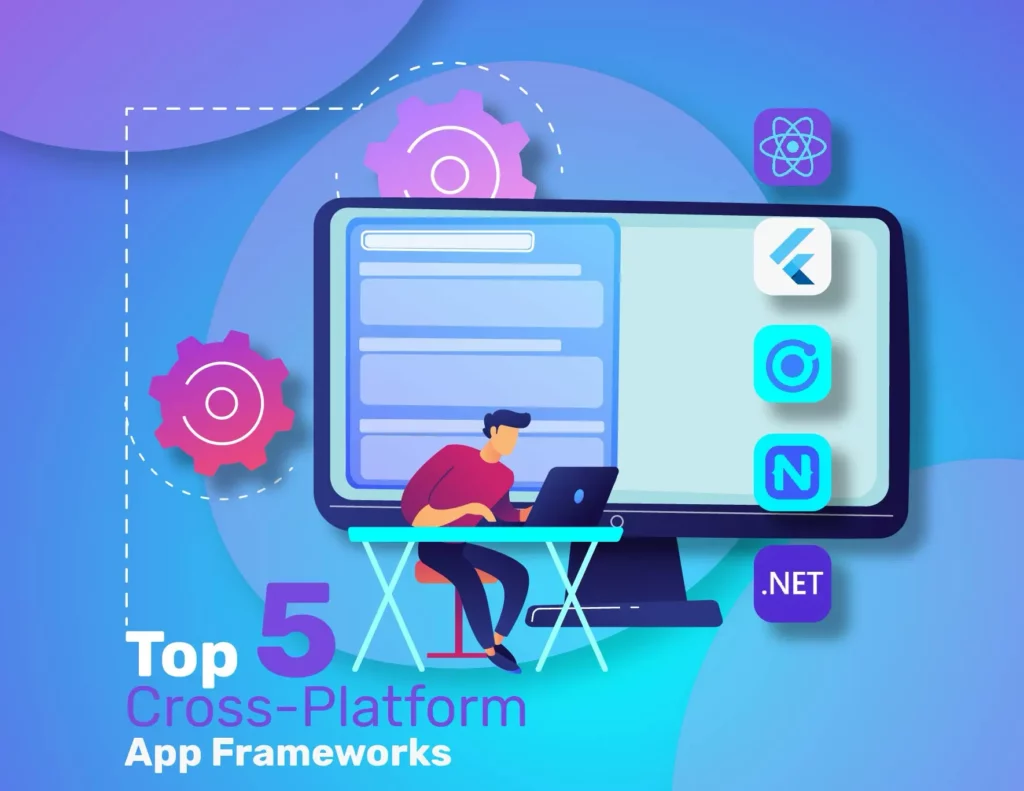A cross-platform app framework is a software tool that enables the development of mobile applications that run on multiple platforms, such as iOS, Android, and Windows. This means that developers can use a cross-platform framework instead of writing separate code for each platform to build applications compatible with multiple operating systems. It is essential to understand the difference between native and cross-platform app development, as the choice of development type directly impacts cost. By opting for cross-platform development, businesses can reach a wider audience and overcome the challenges of creating apps for different platforms. Due to its numerous advantages, cross-platform app development has become highly popular among startups and enterprises. This article will explore some of the best cross-platform app frameworks widely used by app developers.
Why Use Cross-Platform App Frameworks?
Cross-platform app frameworks offer several benefits, making them popular among developers. Here are some reasons to consider using a cross-platform app framework for your next app development project.
- Cost-effective: Developing an app for multiple platforms can be expensive, requiring different coding languages and tools. Cross-platform app frameworks allow developers to write code once and deploy it on multiple platforms, reducing development costs significantly.
- Time-saving: With cross-platform app frameworks, developers can write code once and deploy it on multiple platforms, saving time and effort. This allows businesses to launch their apps faster and stay ahead of the competition.
- User-Experience Consistency: Cross-platform app frameworks ensure a consistent user experience across different platforms. This is important for businesses as it helps build a strong brand image and increases user satisfaction.
- Comprehensive Tools and Library Selection: Cross-platform app frameworks offer many tools and libraries to help developers build high-quality apps. These tools and libraries make the development process more efficient and allow developers to add advanced app features.
The Top 5 Frameworks
The process and outcomes of a software development journey can differ significantly based on the tools you employ. To ensure the creation of a mobile application with the qualities of a native-like experience, it becomes essential to make a well-informed decision when selecting the appropriate framework. With that in mind, we have curated a short list of the top five most popular mobile app frameworks ideal for cross-platform development and renowned for their exceptional performance and versatility in catering to the diverse needs of developers.
Now that we have discussed the benefits of cross-platform app frameworks, let’s look at the top 5 frameworks that can help you develop high-quality apps for multiple platforms.
1. React Native
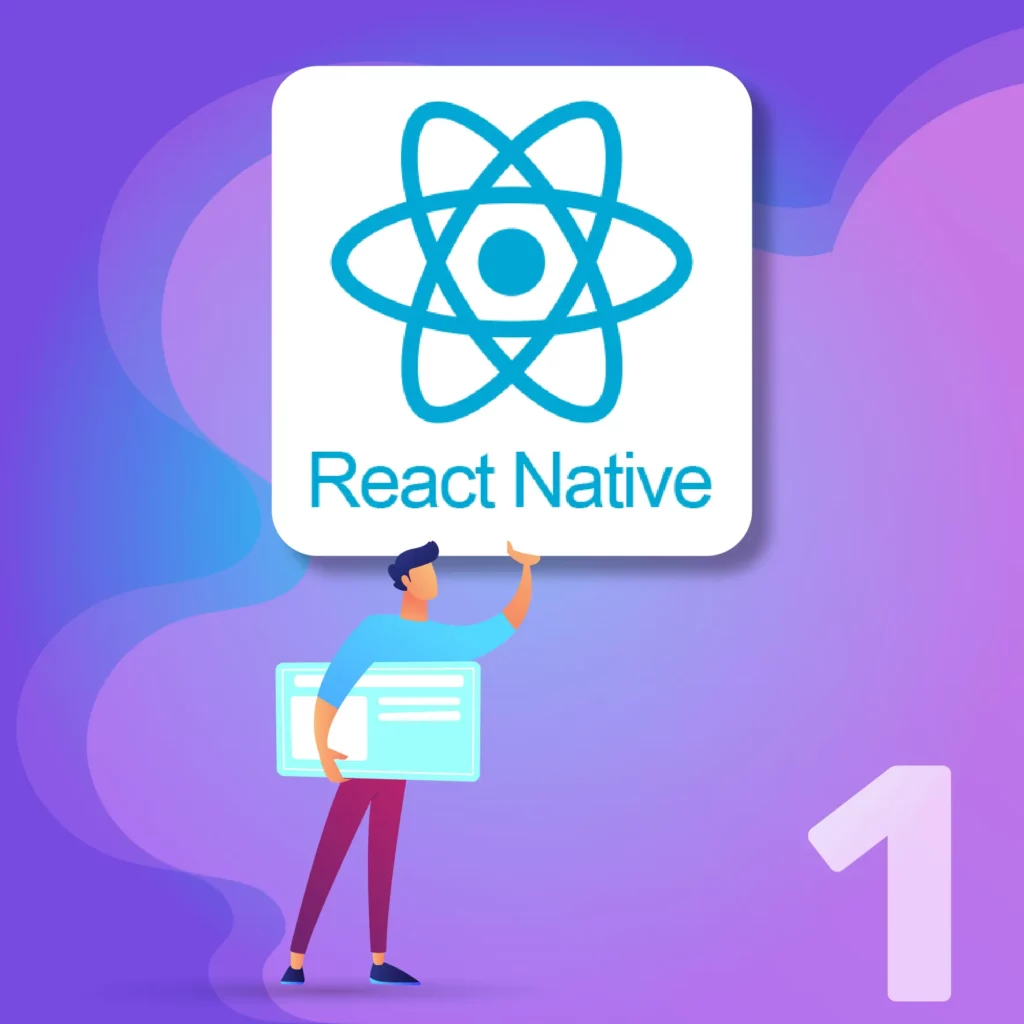
React Native is a free, open-source framework that enables the development of native applications for iOS and Android platforms using JavaScript and React, a widely used web development library. Created by Facebook, it has emerged as one of the leading cross-platform mobile development frameworks.
With React Native, developers can use their existing knowledge of JavaScript and React to build applications, allowing web developers to easily create mobile apps without new programming skills.
React Native offers a hot reload feature, enabling engineers to instantly see the results of code changes, thereby speeding up the development process. It also supports a wide range of third-party libraries and plugins, simplifying adding new features and functionality to mobile applications.
Another advantage of using React Native is its ability to render code natively, resulting in high-performance apps. It also offers many tools and libraries, making it a popular choice among developers.
2. Flutter
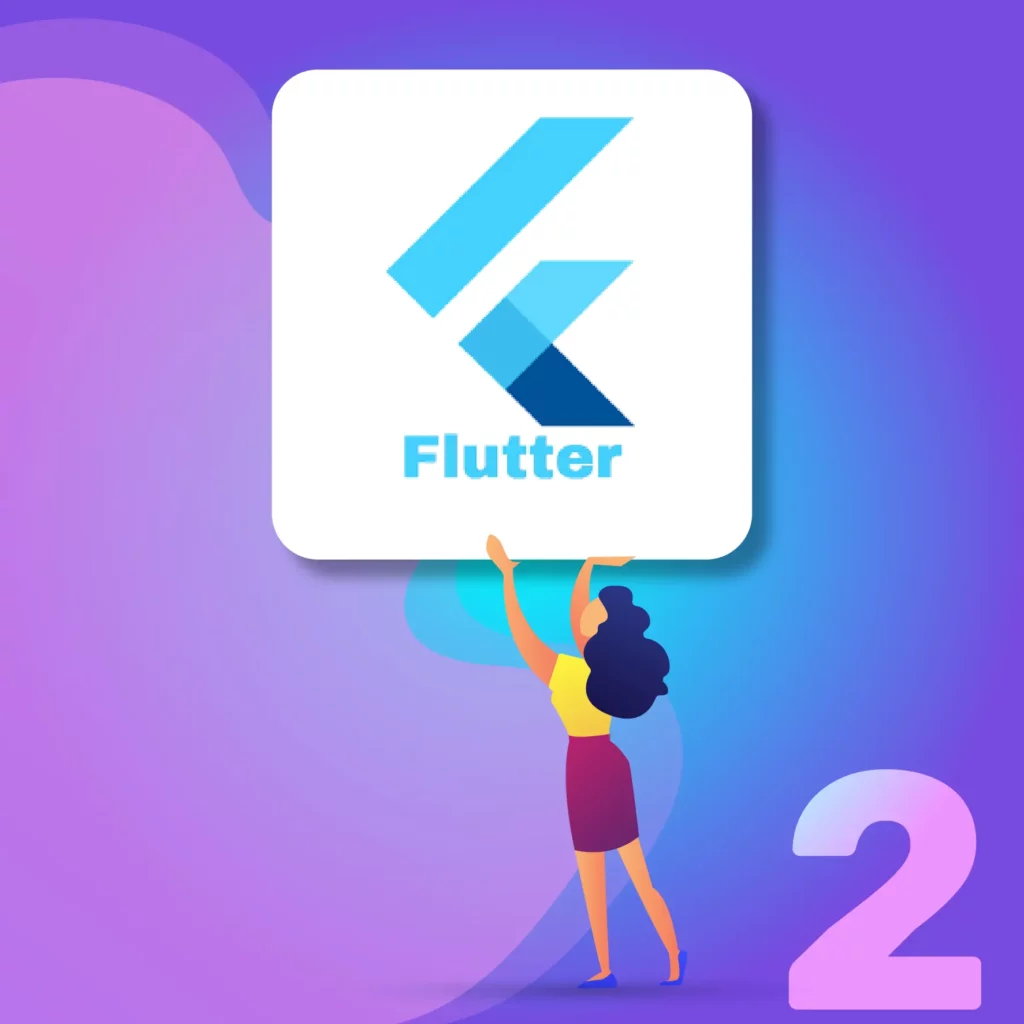
Flutter is also a free and open-source cross-platform app framework, in this case developed by Google. It uses the Dart programming language and offers a wide range of tools and libraries that can help developers build high-quality apps for both iOS and Android.
In addition to facilitating cross-platform mobile app development, Flutter supports creating web and desktop applications. This makes it a highly versatile tool for cross-platform development. However, adopting the framework may face challenges due to the unfamiliarity of engineers with Flutter’s Dart language.
Like React Native, Flutter also offers a hot reload feature, enabling developers to instantly see the results of code changes. Moreover, Flutter’s widget-based architecture empowers developers to create custom UI components that can be reused throughout the app, enhancing mobile development speed and productivity.
3. Ionic
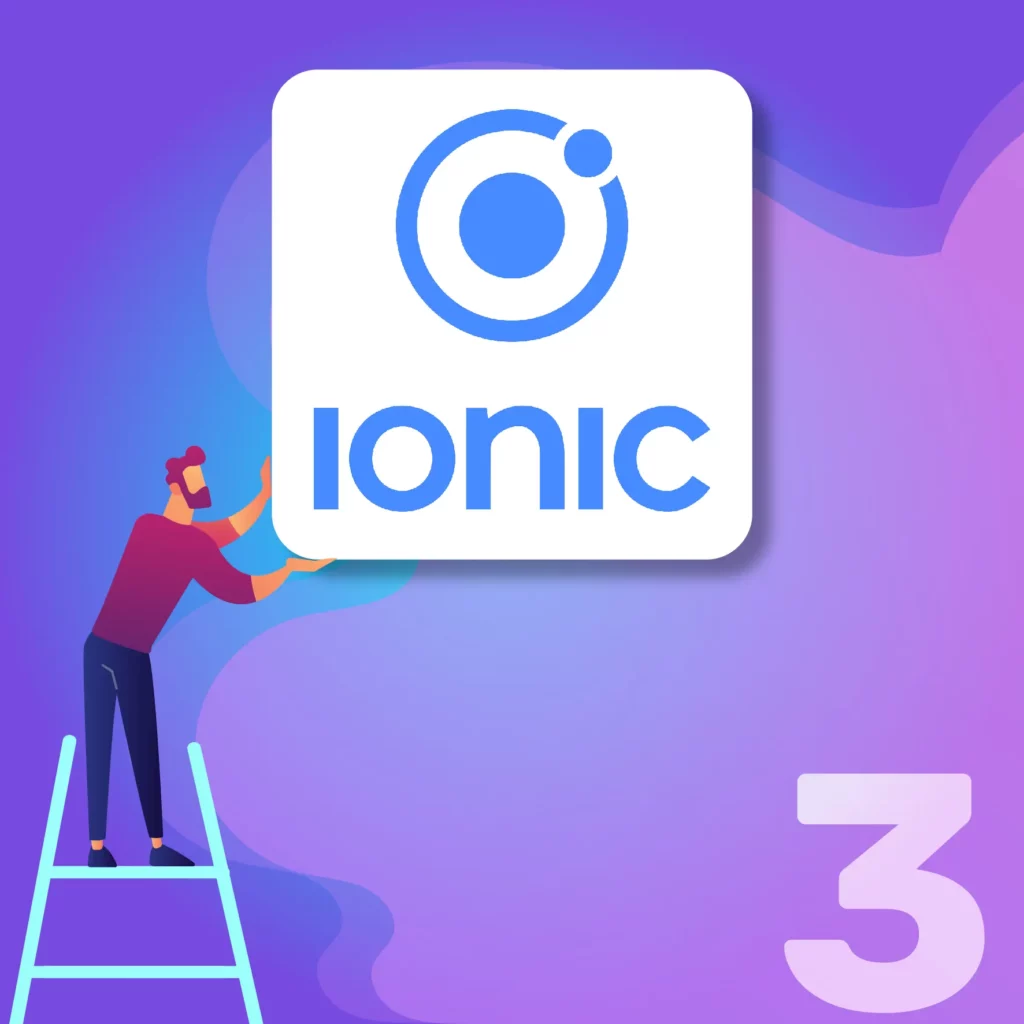
Ionic, a widely used UI SDK, is considered one of the top hybrid app frameworks. It combines sought-after qualities such as being open-source, easily maintainable, scalable, and readable. By offering a collection of HTML, CSS, and JS components, Ionic assists in creating highly interactive and visually appealing apps.
With a comprehensive range of features and tools, Ionic includes built-in support for material design, native-style mobile UI elements, and layouts. Additionally, it regularly provides updates and resources from the development community to its users.
However, despite its robust capabilities and ease in cross-platform app development, this framework has declined in popularity. This downturn has resulted in a diminishing community of developers, making it increasingly challenging to find engineers proficient in this framework for development or support on projects.
4. NativeScript
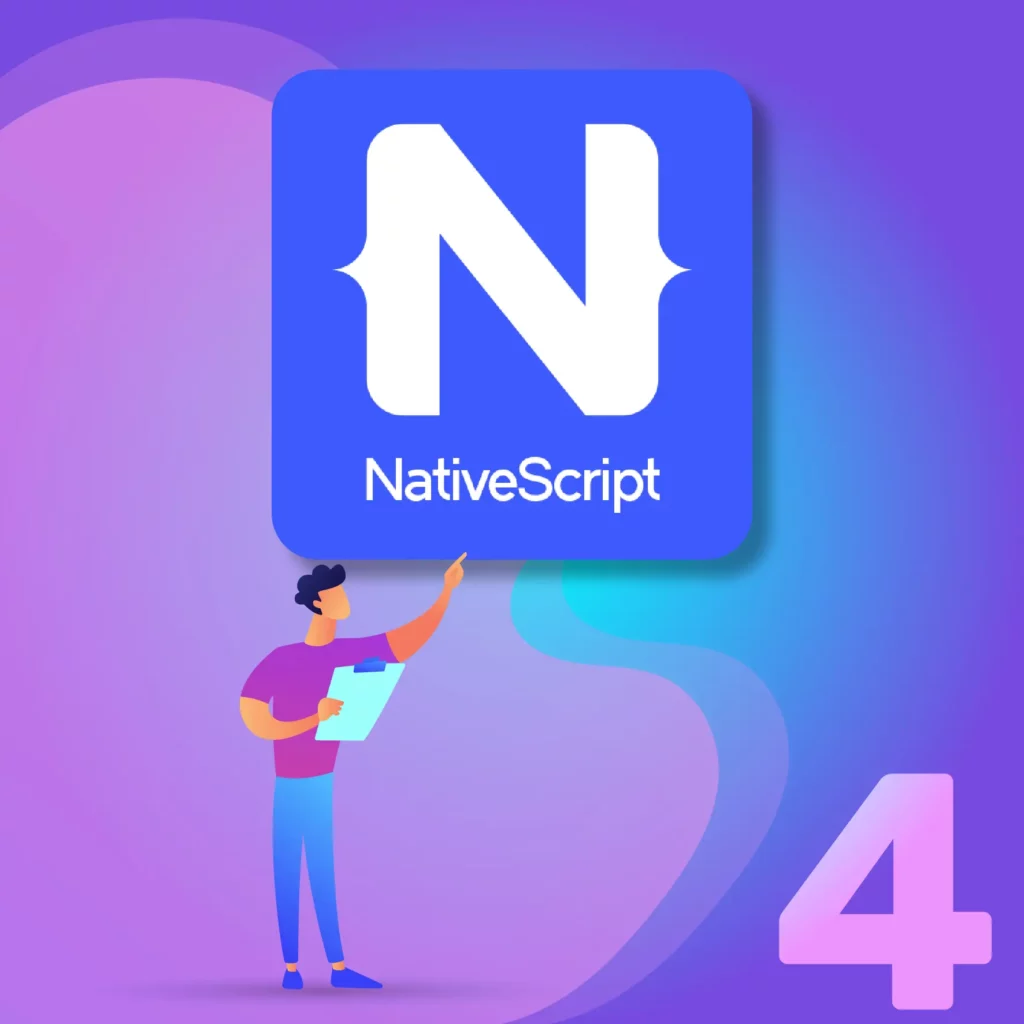
NativeScript is a cross-platform framework, available as open-source, that enables app development with a native appearance and functionality. This means an app developed with NativeScript will perform similarly to a native app built for iOS and Android. It utilizes JavaScript to interact with the same native APIs used in platforms like Xcode or Android Studio. With a large and active developer community, NativeScript facilitates faster app development through code reusability.
NativeScript supports iOS and Android app development with Angular, allowing developers to save time and effort by reusing core, and by using native APIs, NativeScript enables developers to implement device-specific functionality, resulting in enhanced performance, even on complex apps.
5. .NET MAUI (Succesor of Xamarin)

.NET MAUI provides developers with a single project structure that can be used across different operating systems, eliminating the need to maintain platform-specific code, reducing redundancy, and increasing app development efficiency. This framework evolved from Xamarin, a Microsoft solution for cross-platform development, with Xamarin ending support by May 1st, 2024.
This framework allows cross-platform development between iOS, Android, Windows, and MacOS using a single C# codebase. It boasts a rich UI component ecosystem, graphics API, .NET 6 support, and support for Blazor app development and the MVU pattern.
However, it’s a relatively new technology lacking some essential controls and not strong on the UX front, making it more suitable for projects focusing on functionality rather than appearance and user experience.
Choosing the Right Framework
The choice of cross-platform app development frameworks is far from comprehensive; we chose the top 5 most popular ones based on insights from different sources regarding usability, community support, and the capabilities of these frameworks, which significantly contribute to their popularity. Including additional frameworks into consideration only makes a hard decision even harder.
In choosing the proper development framework, there are some general rules that you may consider:
- Platform Support: The first thing to consider is the platforms supported by the framework. Ensure the framework supports the platforms you want to develop your app for.
- Programming Language: Different frameworks use different programming languages. Choose a framework that uses a programming language you are familiar with or one that is easy to learn.
- Tools and Libraries: Ensure the framework offers a wide range of tools and libraries to help you build high-quality apps.
- Community Support: Choose a framework that has a strong community of developers. This will ensure you have access to support and resources when needed.
Conclusion
Cross-platform app frameworks offer several benefits, making them popular among developers. They allow businesses to develop high-quality apps for multiple platforms while saving time and resources. With the proper framework, you can build apps that offer a consistent user experience and help you stay ahead of the competition.
When choosing a cross-platform app framework, consider platform support, programming language, tools and libraries, and community support. With the right framework, you can develop high-quality apps that meet your business’s and users’ needs.

